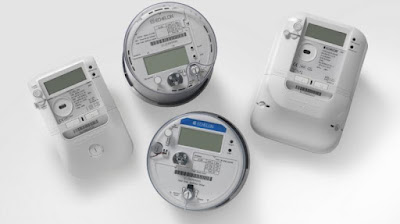Advanced Metering Infrastructure (AMI) is a combination of many components: consumption meters, two-way communications network and a data repository (customer's data management). The key components of advanced metering infrastructure include digital command control panels, meter readers, and a software application that provides the interface between the customers and meter providers. This is the heart of the advanced meters system - the Digital Command Control Panel or DCPC. It is the part that gives meters readings and reports. For instance, in April 2021, an IoT technology providing firm, Itron, launched Ehz-B smart meter with innovative functions for the cities in Germany.
The DCPC provides a communication gateway between meters and utilities. In addition, it also provides a control interface for utilities and controls the process of automatic meter reading. The use of this software is critical in the entire smart grid architecture. Advanced metering infrastructure provides a single, centralized, consolidated and secure data collection and analysis platform that links different utilities, appliances and customers. The centralized data repository eliminates the need for separate hardware or software that would potentially fail or be compromised.
Meters used in smart meters can be customized with parameters such as meter position number, time period for readings and other time-based or hourly measurements. Meters are able to provide both soft and hard traffic that can be accessed by multiple personnel in offices or facilities. One key advantage with advanced metering infrastructure is that it provides real-time syncing, which is important for administering and monitoring the electricity usage in large buildings. As such, the installation of advanced metering infrastructure is highly beneficial to utilities and meter subscribers.
In addition to smart meter applications, advanced metering infrastructure also plays a role in smart utility networks. In a smart grid system, utilities are provided with demand response and pollution controls. The demand response ensures that electric loads are balanced and the pollution controls prevent overloads. In other words, advanced metering infrastructure facilitates coordinated effort among utilities to efficiently manage their operations.
Advanced metering infrastructure also enables two-way communications between utilities and meter data management companies. This facilitates direct demand response and pollutant moderation. In the two-way communications setup, advanced metering infrastructure allows the submission of information regarding load status and the generation of voltage adjustments in real time.





No comments:
Post a Comment